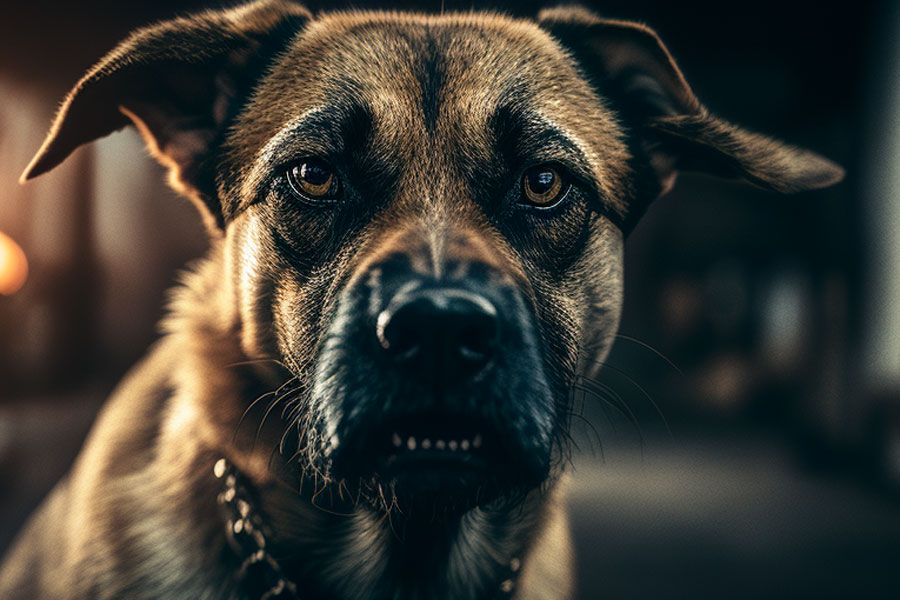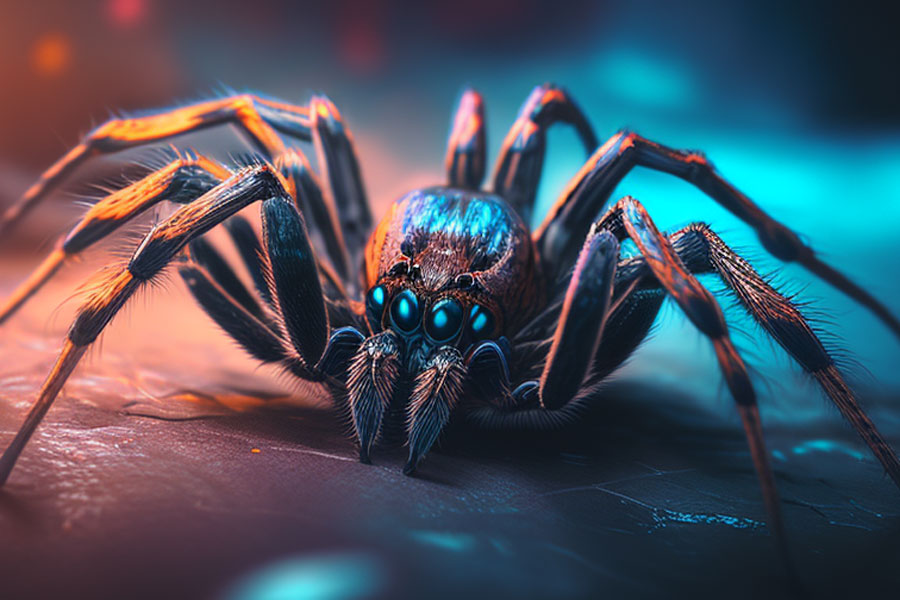The NIHT statistic claims that 19 million Americans struggle with one or several phobias. While they are not dangerous to life, living in constant fear of something can significantly affect your mental health and social life.
Unlike the typical fear, which appears in people for a definite reason, phobia usually has no grounds behind it. This type of fear is illogical and difficult to understand for a person who hasn’t been in those shoes. Phobia is not limited to the feeling of fear. It also causes severe anxiety and often develops into a full-blown panic attack.
People rarely seek treatment for phobias, especially if they are specific. Still, this problem can be solved with a range of psychological methods as well as medicinal treatment.
Phobia Signals
If the fear is intense, a person may modify their life the way there is no chance of meeting their fear face to face. This is the first bell calling you to say about your phobia. Yet this is not the only thing that can signal you have this mental health issue. There is also a range of symptoms you may notice when facing your biggest fear:
– shortness of breath;
– pounding heartbeat;
– intense sweating;
– lightheadedness and passing out;
– gastrointestinal symptoms, like diarrhea, nausea, and vomiting;
– shaking and trembling;
Often people develop an intense fear of dying, despite the phobias are not life-threatening.
Why Do People Have Phobias?

The explanations as to why people can develop a phobia are not numerous. The theories considered most probable include:
- living through a traumatizing experience related to a specific object, environment, or situation in early childhood;
- mimicking the behavior of a meaningful person (this happens in early childhood and is often related to an older sibling or a parent);
- negative first experience of meeting with the object, animal, etc.
- genetic factors, which involve an inborn predisposition of some people to developing phobias.
A phobia can appear at any time in a person’s life. However, they most often come from our childhood and teenage years. The typical age for developing a phobia is considered 15 – 20 years.
Phobias by Type
Scientists and healthcare professionals differentiate between two types of phobias. They are specific phobias and complex ones. Their impact on a person’s life may vary significantly, with the latter being more disturbing.
Specific Phobias
As the name suggests, a specific phobia is related to the fear of a specific thing. Such phobias are also often called simple. Specific phobias fall into five categories based on what a person is afraid of. They are:
- phobias of the natural environment, like darkness, thunder, orlightning;
- animal phobias, such as the fear of cows, dogs, or snakes;
- phobias related to the human body, including the fear of blood, the fear of broken bones, etc.;
- phobias of specific situations, including the fear of swimming, flying, and others;
- other phobias, like the fear of fear (phobophobia).
The number of fears that may belong to a specific category is infinite. Practically anything can transform into a phobia under certain circumstances.
Currently, medical professionals know about hundreds of specific phobias. Still, new ones appear regularly.
Complex Phobias

Complex phobias are different from simple ones as they may produce a significant negative impact on a person’s life. The characteristic feature of complex phobias is that they often form in adulthood and are accompanied by severe anxiety that doesn’t allow livinga regular life.
Unlike specific phobias, which tend to be infinite in number, there are only two complex phobias:
- Agoraphobia, which is the fear of open spaces;
- Social phobia, which refers to the fear of social situations.
People dealing with agoraphobia find it traumatizing to be in places where they cannot escape easily. When getting into such situations, they may develop a severe episode of a panic attack.
The challenging thing about agoraphobia is that it doesn’t let people feel safe in various life situations, thus depriving them of the chance to live as they want. Such individuals are afraid to leave their houses without company. Staying home alone or getting into a crowd of people can also trigger an episode of panic. If left untreated, agoraphobia “closes” people at home, destroying their social connections, professional activity, and, often, families.
Social phobia, or social anxiety disorder, is the fear of getting embarrassed in front of other people. This type of phobia is common for people performing in public, like event speakers. Anxiety, discomfort, and a range of other unpleasant emotions accompany the public performance of this person.
Managing Your Phobia. Can You Overcome Your Fear?
If you think you have a phobia, you should seek treatment, especially if your uncontrolled fear interferes with your daily routine. Several treatment options can be suggested to a person dealing with a phobia:
- Exposure therapy. You have probably heard that your biggest fear can be battled if you look it right in the eyes. Exposure therapy is a kind of cognitive behavioral therapy (CBT) aimed at making you non-sensitive to the object of your phobia. This involves overcoming your fear by meeting with it face to face, for example, bungee jumping for a person who is afraid of heights.
Intake of anxiolytics is a more radical treatment option for people with phobias. While there are no specific medications for this disorder, drugs for anxiety treatment tend to reduce the distress a person may feel when facing their phobia.
Treatment with other medications, including benzodiazepines and beta-blockers, can also be offered to people with phobias due to their ability to soothe anxiety and panic.

Bottom Line
Having a phobia is not a thing to be ashamed of. 19 million Americans have them, so you are not alone with your problem. And if you need professional help, there are people who can come to the rescue, just don’t stay one on one with your fear.

